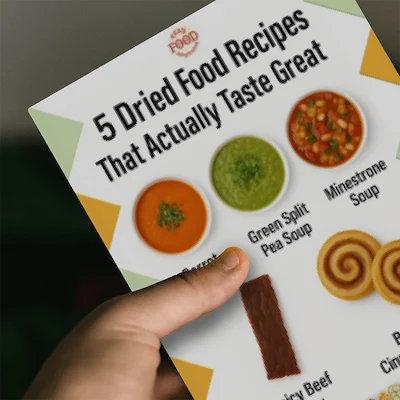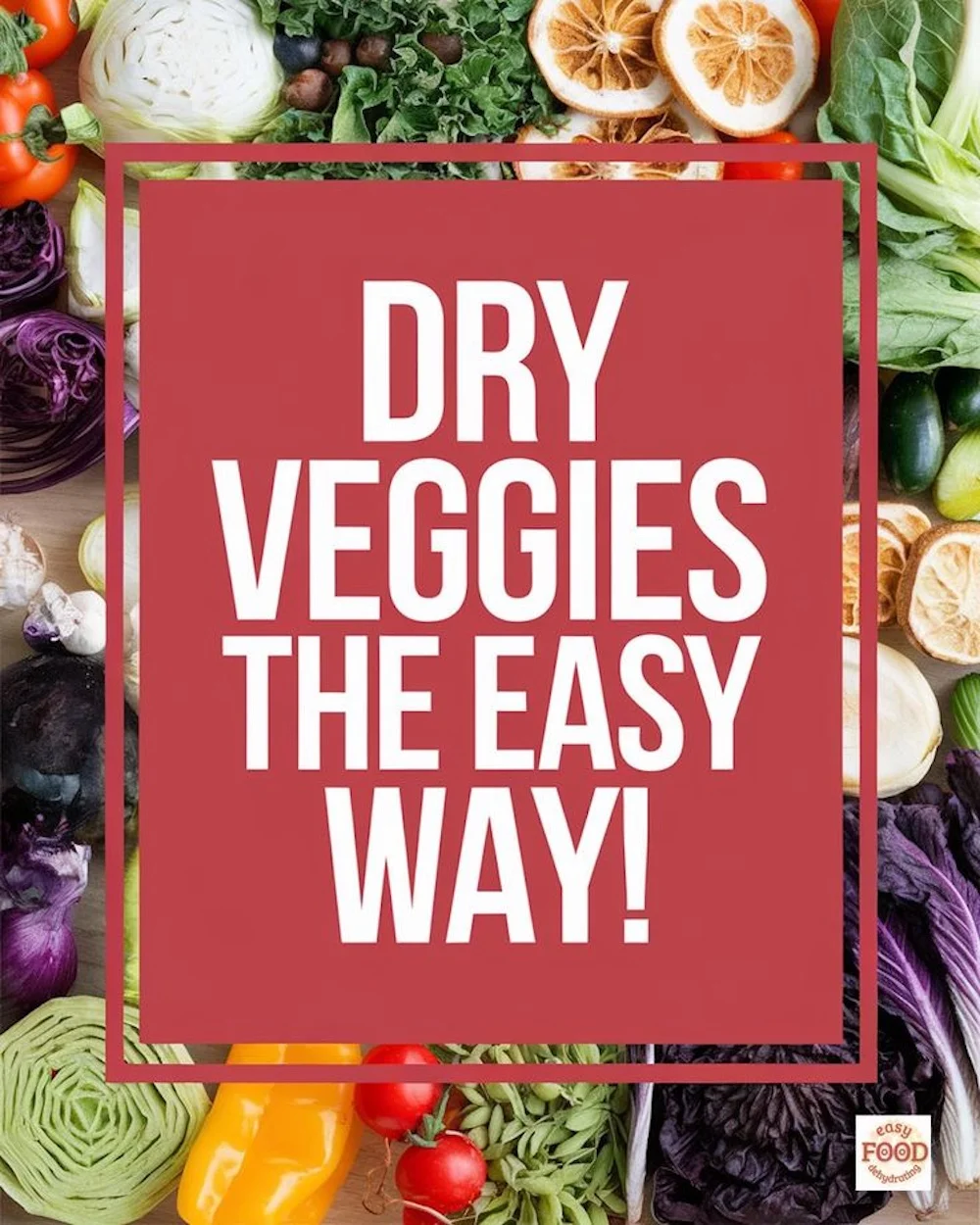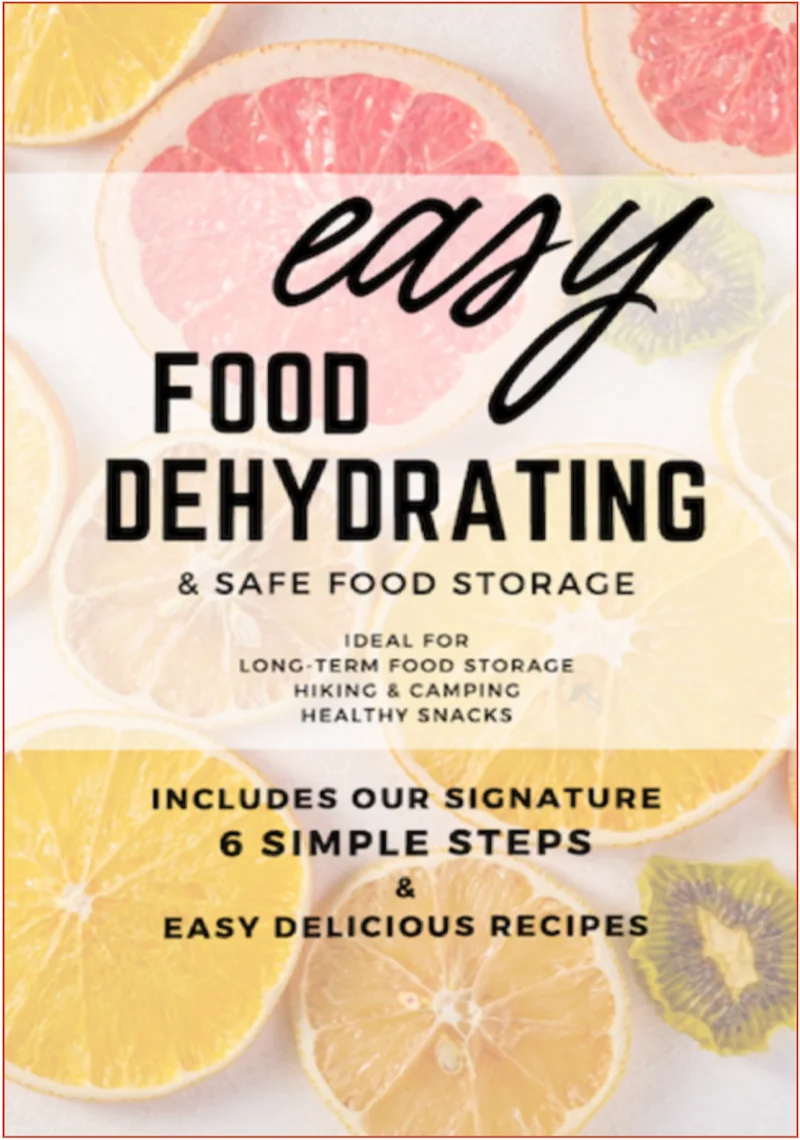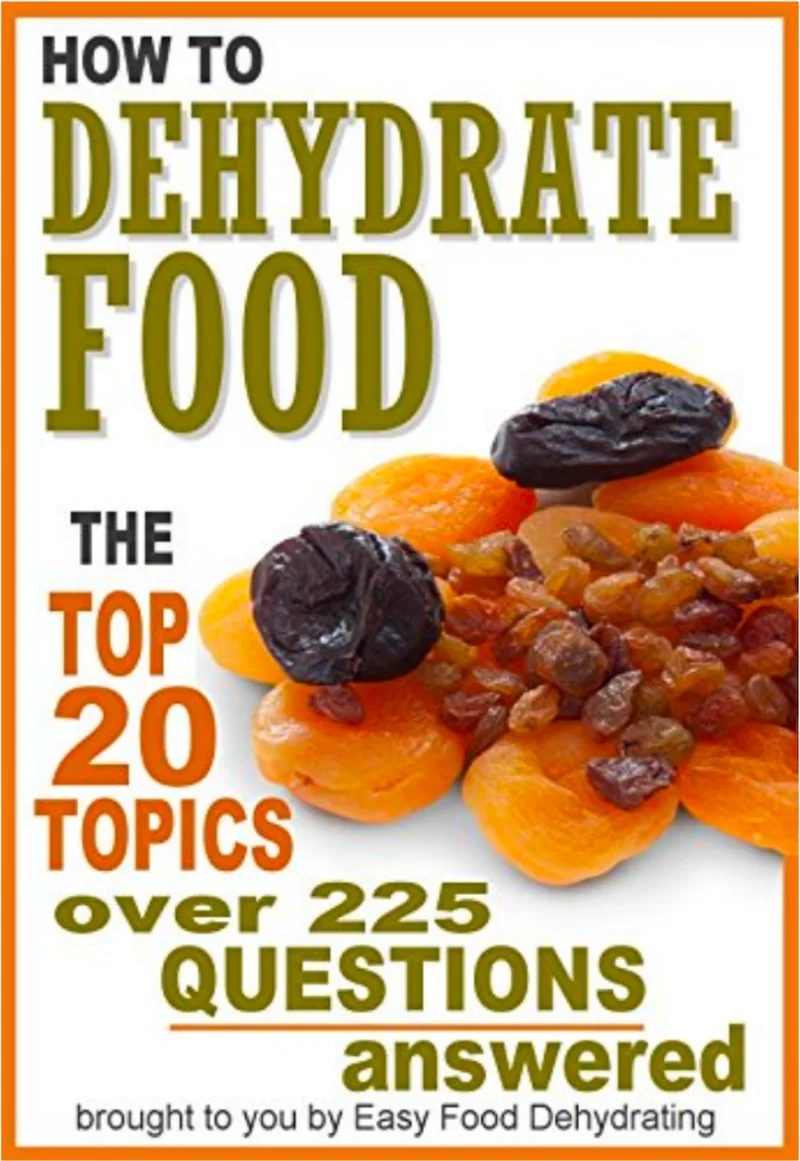What We Mean by “Dehydrate”
Here at Easy Food Dehydrating, “dehydrate” always means using an electric food dehydrator — the easy, reliable way to dry food at home.
- Home
- Dehydrating Vegetables: Step-by-Step Guides by Type
Dehydrating Vegetables: Step-by-Step Guides by Type

Wondering how to dehydrate vegetables for long-term storage or quick meal prep? On Easy Food Dehydrating, “dehydrate” always means using an electric food dehydrator - the easiest, most reliable way to dry food at home.
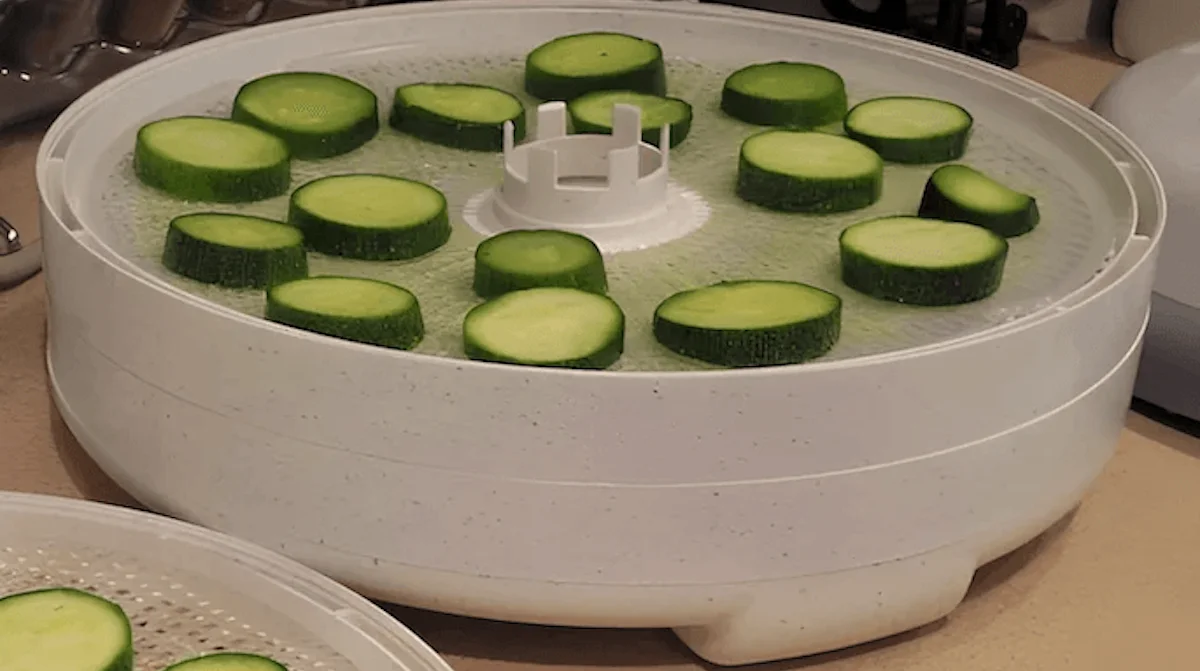
Since each vegetable has its quirks, use the guides below to get exact prep steps and drying times for beets, carrots, kale, mushrooms, and more.
See our growing list of "how-tos" below!
Learn How to Dehydrate These Popular Vegetables (Click Below)
Click on the images below to learn how to dehydrate that particular vegetable.
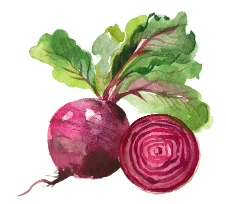 Beets
Beets
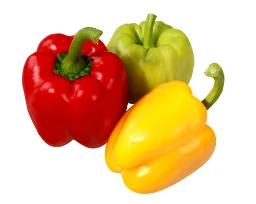 Bell Peppers
Bell Peppers
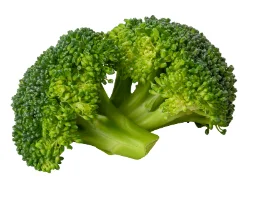 Broccoli
Broccoli
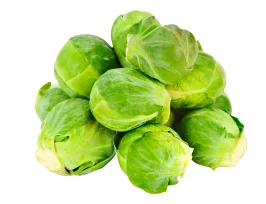 Brussels Sprouts
Brussels Sprouts
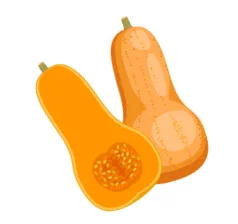 Butternut Squash
Butternut Squash
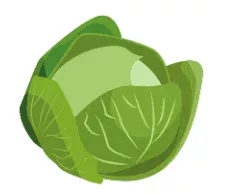 Cabbage
Cabbage
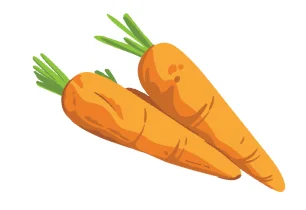 Carrots
Carrots
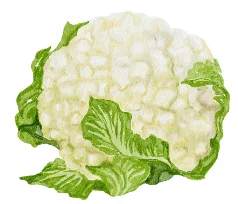 Cauliflower
Cauliflower
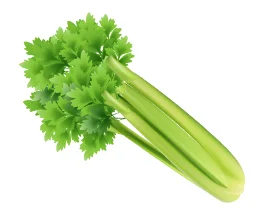 Celery
Celery
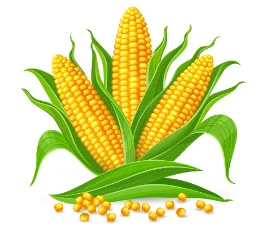 Corn
Corn
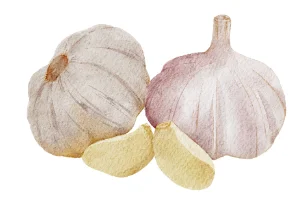 Garlic
Garlic
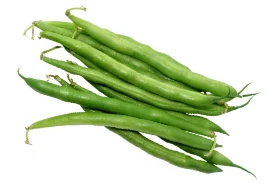 Green Beans
Green Beans
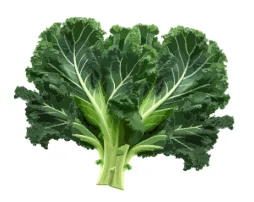 Kale
Kale
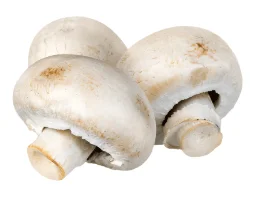 Mushrooms
Mushrooms
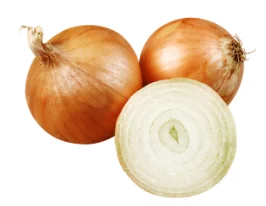 Onions
Onions
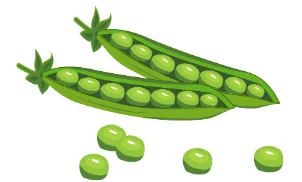 Peas
Peas
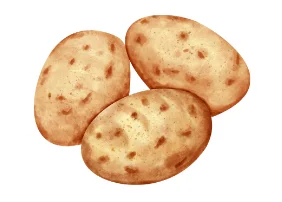 Potatoes
Potatoes
 Pumpkin
Pumpkin
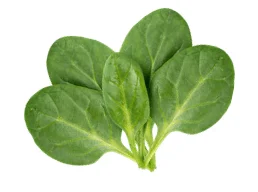 Spinach
Spinach
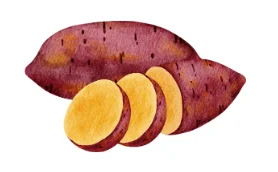 Sweet Potatoes
Sweet Potatoes
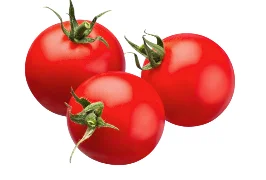 Tomatoes
Tomatoes
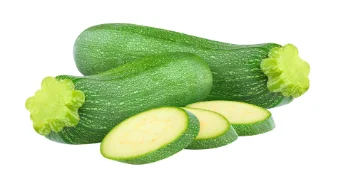 Zucchini
Zucchini
How to Use a Food Dehydrator for Vegetables (Step-by-Step)
- Wash and slice vegetables evenly
- Arrange slices/pieces in a single layer on trays
- Set dehydrator to 135°F (or recommended temp per vegetable)
- Dry for 6-8 hours (larger vegetables like carrots may take longer)
- Cool & store in airtight containers
💡 Pro Tip: Check individual veggie pages for specific preparation such as steaming or blanching, spraying with lemon juice, and for drying times and temperatures.
💡 Tip: Outside the U.S.? Most dehydrating temps here are listed in Fahrenheit - use our quick converter to see the Celsius equivalent for your machine.
How to Tell When Vegetables Are Done Drying
Dried vegetables should feel leathery yet pliable. If pieces stick together, allow them to sit in a Ziploc bag overnight for moisture distribution (conditioning) before vacuum sealing.
Best Ways to Store Dehydrated Vegetables for Long-Term Use
✔ Mason jars or food vacuum sealer bags – great for everyday portions and pantry-friendly storage
✔ Mylar bags – ideal for blocking light and extending freshness
✔ Plastic-lidded bins or airtight buckets – best for larger batches or bulk storage
👉 At room temperature, dried fruits and vegetables stored this way typically last 6 months to a year.
Want to extend the life of your dried foods even further?
✔ Refrigerator – up to 1 year
✔ Freezer – up to 2 years
Can You Dehydrate Frozen Veggies? (Yes, and Here's How)
Yes! It’s often easier to dehydrate frozen vegetables than fresh ones.
- Frozen veggies are already blanched, meaning you can skip that step!
- Dehydration time is shorter for frozen veggies.
- Best choices: Corn, peas, green beans, broccoli, bell peppers, carrots, and tomatoes.
Dehydrating Steps:
- Thaw vegetables slightly before placing them on dehydrator trays.
- Spread in a single layer for even drying.
- Dehydrate according to individual vegetable guidelines.
- Check for doneness after 6 hours.
💡 Bonus: See our guide on how many veggies you need to fill a 4-tray dehydrator!
FAQs: Drying Veggies the Right Way
What vegetables are best for dehydrating?
What vegetables are best for dehydrating?
Root vegetables (carrots, beets, potatoes), peppers, tomatoes, and leafy greens like kale and spinach dehydrate especially well. Some vegetables with very high water content (like cucumbers or lettuce) aren’t ideal.
Do you need to blanch vegetables before dehydrating?
Do you need to blanch vegetables before dehydrating?
Many vegetables — such as carrots, broccoli, and green beans — benefit from blanching first. It helps preserve color, flavor, and texture. Frozen vegetables are already blanched, so you can skip this step.
How long do dehydrated vegetables last?
How long do dehydrated vegetables last?
When stored in airtight containers at room temperature, dehydrated vegetables usually last 6–12 months. For even longer storage, use vacuum sealing, Mylar bags, or keep them in the freezer for up to 2 years.
Can I dehydrate frozen vegetables?
Can I dehydrate frozen vegetables?
Yes. Frozen vegetables are already prepped and blanched, which makes them perfect for dehydrating. Just spread them on trays and dehydrate according to type — corn, peas, carrots, and peppers are popular choices.
How do you know when vegetables are done dehydrating?
How do you know when vegetables are done dehydrating?
They should feel leathery and dry but not brittle. If pieces still stick together, let them sit in a bag for 24 hours (conditioning) before sealing.
Are nutrients lost when you dehydrate vegetables?
Are nutrients lost when you dehydrate vegetables?
Dehydration preserves most nutrients, especially fiber and minerals. Some vitamins (like C and A) may be reduced, but overall, dehydrated vegetables remain highly nutritious and are excellent for long-term food storage.
Whether you're prepping for everyday meals, camping trips, or emergency food storage, dehydrating vegetables is one of the smartest ways to lock in nutrients and flavor.
Once you’ve got your veggie stash ready, take things up a notch with the free 5 Dried Food Recipes You'll Actually Love PDF (below)—featuring hearty carrot soup, cozy minestrone, split pea soup, spicy beef jerky, and even banana cinnamon rolls for a sweet finish.
Get 5 Dried Food Recipes You'll Actually Love
Here's where you can get your copy of our all new
5 Dried Food Recipes (That Actually Taste Great)
They're my all-time favorite easy dried food meals!
Get it here right now.
For Free!
Before You Go...
If you enjoyed this page, tap the ❤️ in the lower right-hand corner.
It saves this page to your Grow bookmarks so you can find it again later.
You’ll also see quick share buttons to copy the link, post to Facebook,
or save it straight to Pinterest.
